Antifonario Visigótico Mozárabe de la Catedral de León
"Mozarabic chant (also known as Hispanic chant, Old Hispanic chant, Old Spanish chant, or Visigothic chant) is the liturgical plainchant repertory of the Mozarabic rite of the Roman Catholic Church, related to but distinct from Gregorian chant. It is primarily associated with the Iberian Peninsula under Visigothic rule (mainly in what was to become modern Spain) and with the Catholic Mozarabs living under Muslim rule, and was soon replaced by the chant of the Roman rite following the Christian Reconquest. Although its original medieval form is largely lost, a few chants have survived with readable musical notation, and the chanted rite was later revived in altered form and continues to be used in a few isolated locations in Spain, primarily in Toledo." [source] [see also]
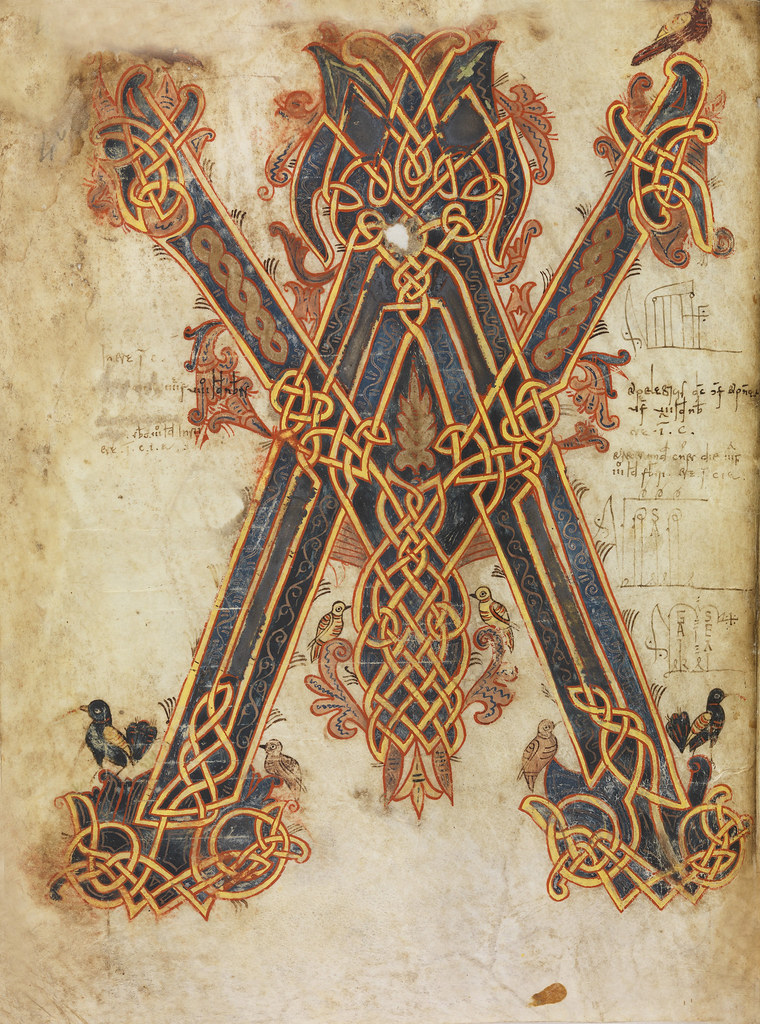
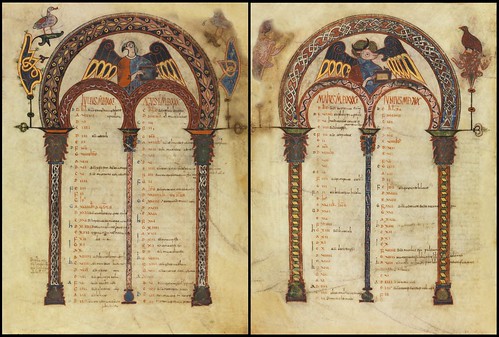
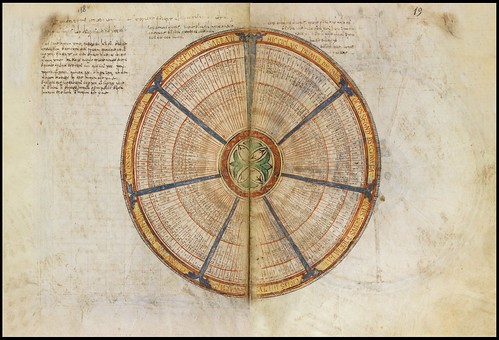
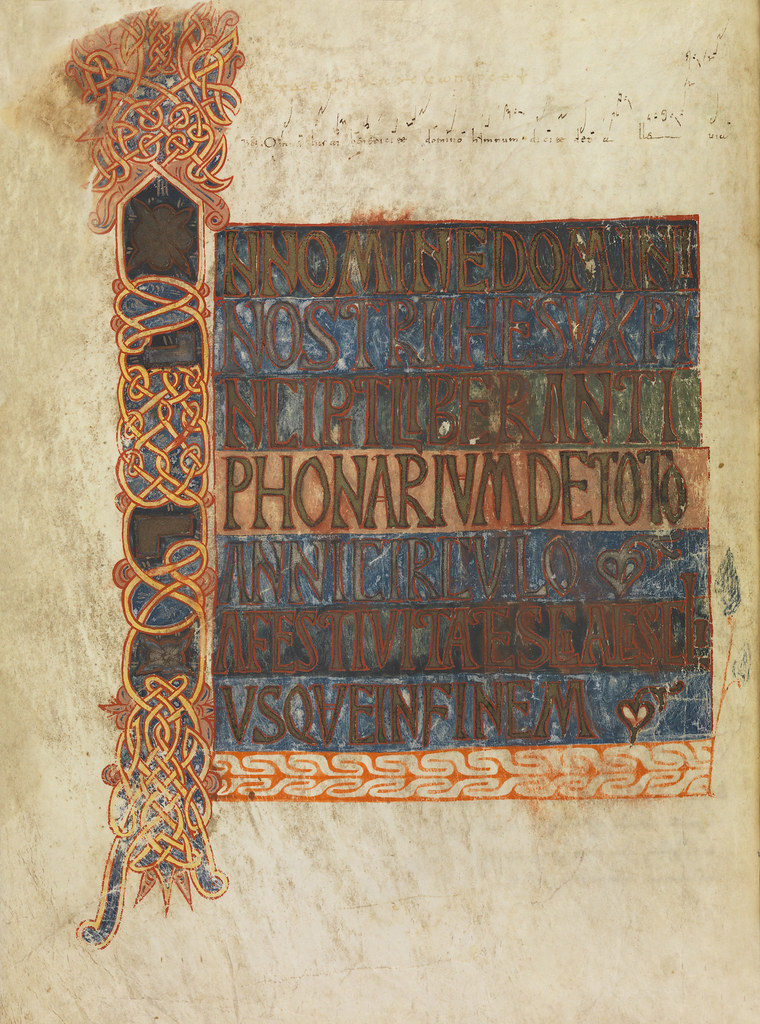
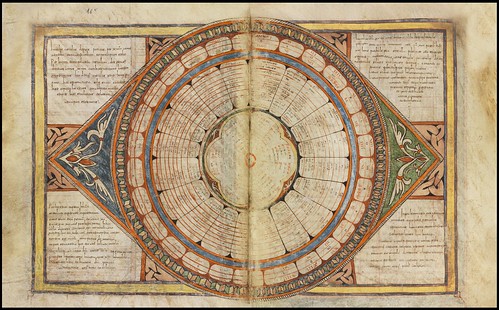
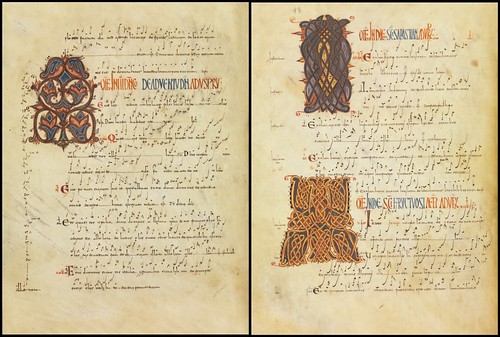
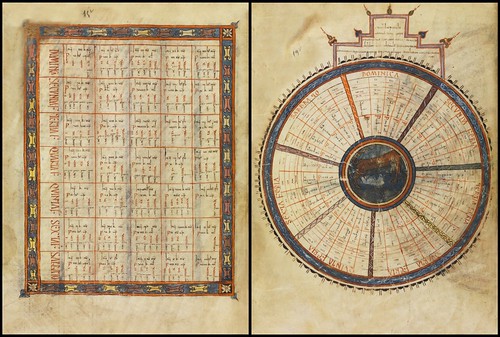
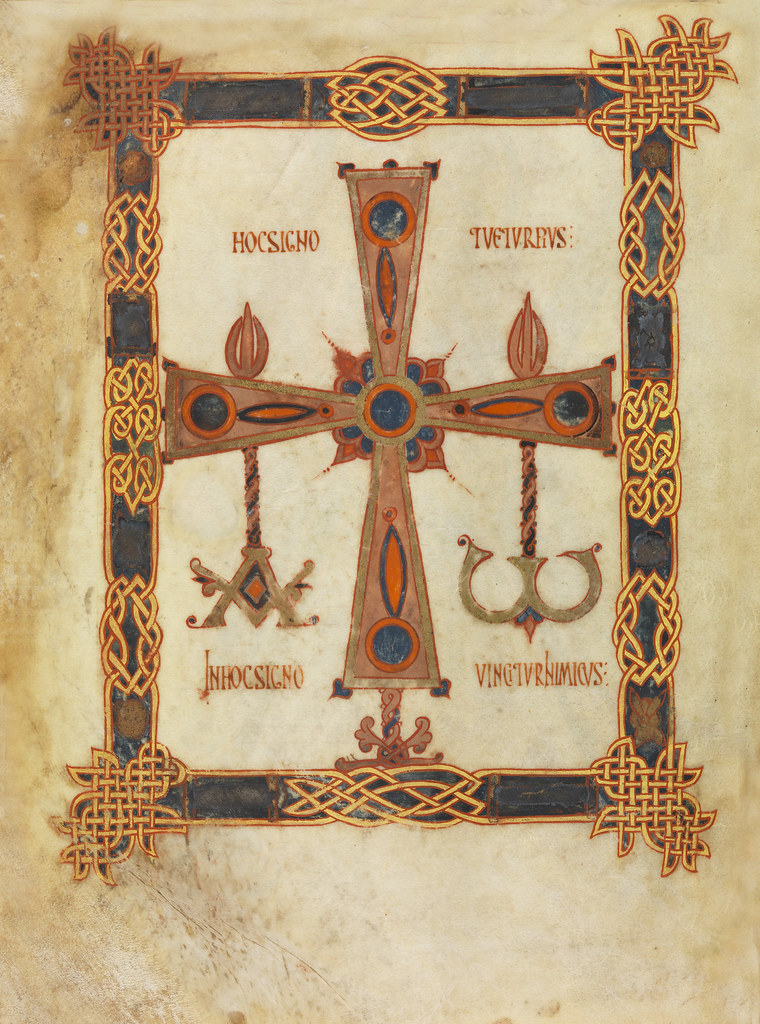

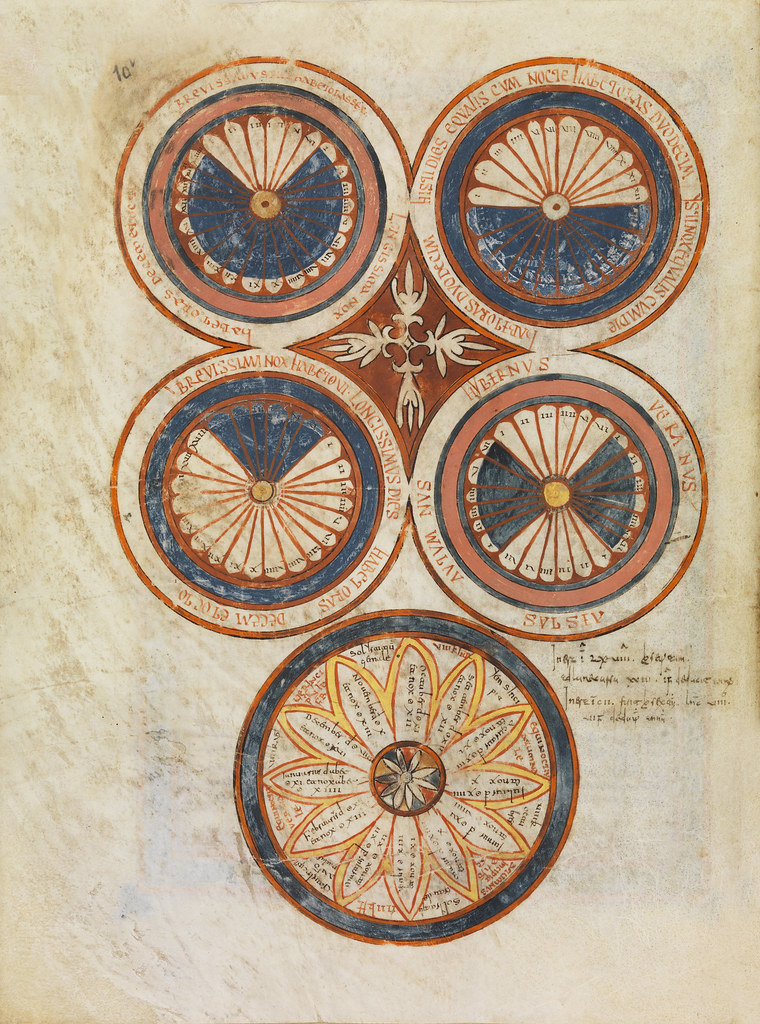
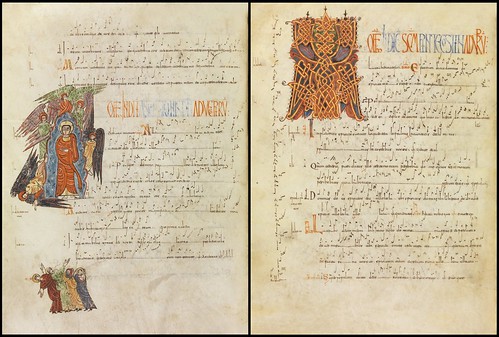
[click through to very large versions;
some of the dual page spreads are not contiguous pages]
some of the dual page spreads are not contiguous pages]
The León Cathedral in NW Spain houses this 11th century? parchment manuscript which is thought to be a complete copy of a 7th century Visigoth antiphonal. In other words, it's a church musical manuscript that records the songs or hymns to be sung (split between sections of a choir) on different feast and saint days during the church (liturgical) year. The round figures illustrated above with all the writing in them are church calendars of one sort or another.
The text is in Latin (although there's a definite Spanish "flavour" running through it to my ear/eye) and Visigothic musical notations are found throughout the three hundred folio leaves. Those musical notes have remained mostly indecipherable despite the manuscript attracting intense academic interest because of its unique status as the earliest most complete Mozarabic chant book in existence. Things may possibly improve on this front as a consequence of an international multidisciplinary symposium held last month in León devoted to the Visigothic antiphonal.
- 'Antifonario Visigótico Mozárabe de la Catedral de León' can be accessed by clicking on the manuscipt picture at the host site, MCU ["The Virtual Library of Bibliographical Heritage is a cooperative project of the Ministry of Culture and the Autonomous Regions, which aims to distribute printed books and manuscripts from Spain's Historical Heritage by digital facsimile."]
- Leon Antiphoner (translation)
- León Cathedral at Sacred Destinations. [F]
- Mozarabic chanting on Youtube.
- Via Begonya Cayuela : @begonyacayuela + Ars Picta.
FANTASTIC! As illuminated manuscripts go, this has to be a plum in my eye. I really don't care if they ever decide what it means. I'm happy to just look upon it as art - and that it is.
ReplyDeletePretty fierce stuff; dense designs, intense colors-- this suggests that at one point long ago, somebody not only understood the meaning but felt pretty strongly about it too.
ReplyDelete--felt pretty strongly about it too--
ReplyDeleteMm. If I was asked out of the blue to comment on the array of images here (which bear my own selection prejudices it must be said), I would say that the manuscript copyist or illuminator or scribe appeared to be influenced by 3 separate things:
1. Book of Kells (or relative)
2. some kind of medieval calender
3. Jewish Ketubah
In other words, I wonder if the fierceness or confidence you impute to these designs isn't actually acquired from theft, so to speak? Maybe that's more of my prejudice on show.
This is a magnificent find! And as an early music afficionado, I look forward to hearing that progress has been made in solving the riddle of the notation.
ReplyDelete